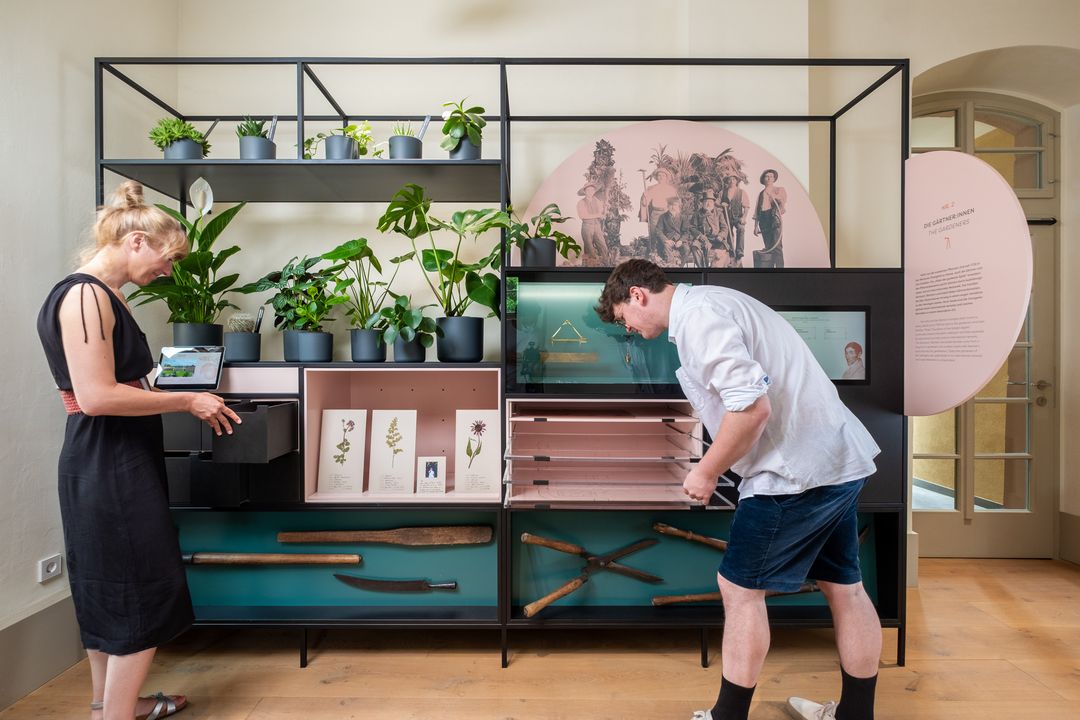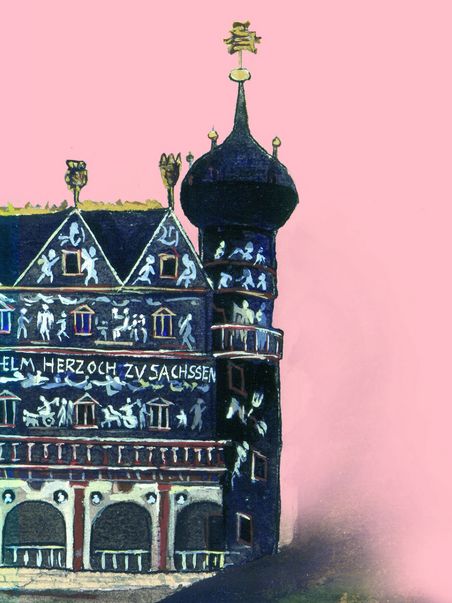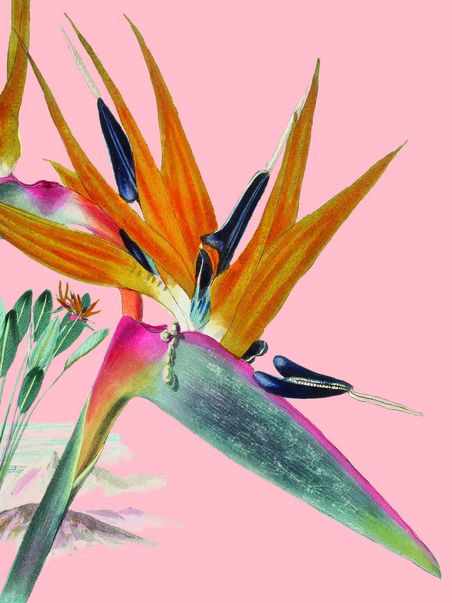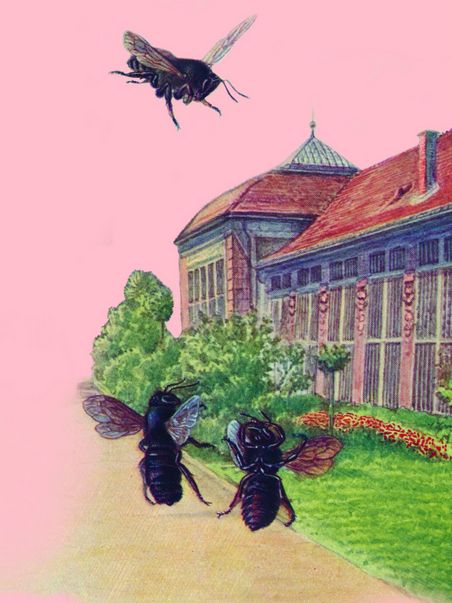Projects of the Klassik Stiftung Weimar are funded by the European Regional Development Fund (ERDF) and the Free State of Thuringia, represented by the State Chancellery of Thuringia, Department of Culture and the Arts.


Permanent exhibition of the Orangery Belvedere
The exhibition “Guardians of the Golden Apples” in the gardener’s cottage of the Weimar Orangery presents an overview of its long history spanning almost 300 years and the generations of gardener families that cultivated Weimar’s parks and gardens. The exhibition highlights the unusual characteristics of exotic plants and the garden art ambitions of Weimar’s rulers since the reign of Duke Ernst August at the turn of the 18th century. It also examines the botanical interests shared by Carl August and Goethe during the halcyon days of the Orangery.
Closed today
open again
Gärtnerwohnhaus
Weimar-Belvedere
99425 Weimar
Free entry
The historic gardener’s cottage, built in 1735, contains media installations where visitors can playfully explore the origins of the representative bitter orange collection and the cultivation of exotic plants under special climatic conditions. Additional exhibits offer information on the botanical garden south of the Orangery and the famous catalogue of plants, the Hortus Belvedereanus, which gave rise to numerous studies.

Another media station is devoted to Weimar’s horticulture libraries and selected books from the holdings of Carl August’s botanical studies. These are presented in connection to exotic plants, the buildings of the Orangery and the landscape park at Belvedere Castle.
Discover historic garden literature and locate the illustrated plants on the grounds of Belvedere Castle Park and in the Orangery.

In the mid-16th century, the Green Castle – the future library – and surrounding garden were built close to the ducal residence.
The garden, which was modelled after Italian and French designs, featured exotic plants which Italian gardeners had brought to Weimar with great effort. Bitter oranges, pomegranates, limes, olives and over 2,000 rose bushes were arranged in symmetrical patterns on the castle grounds.
A large fountain towered over the exotic garden and filled it with the lively sound of splashing water.
Every year on 16 February, a colourful arrangement of scented flowers appears in the Mirror Room of the Weimar City Castle, conjuring a feeling of springtime: Maria Pavlovna’s mobile garden. The gardeners of the Belvedere Orangery plant the flowers at the end of January so that they will be in full bloom in commemoration of the Grand Duchess’s birthday.
Maria Pavlovna, an ardent lover of flowers, likely purchased the mahogany table with the recessed plant tray around 1820. The trend of cultivating a mobile garden, or “jardin portatif”, originated in England. The publisher Friedrich Justin Bertuch introduced the idea to Weimar’s readers in his “Journal des Luxus und der Moden” (Journal of Luxury and Fashion) in 1792.


The Orangery at Belvedere Castle was the place where Duke Carl August and Goethe shared their passion for botany. They created a special garden for exotic plants at the south side of the Orangery where they cultivated specimens from around the world. The result was an impressively diverse plant collection which reached its peak around 1820.
A printed catalogue was produced that same year, documenting some 7,900 species and varieties growing on the grounds of Belvedere Castle. The catalogue underscored the high scientific standard of their botanical research.
On the south wing of the Belvedere Orangery, the Baroque architecture combines with that of the black mason bees (Megachile parietina) to create a unique natural monument. This rare wild bee species settled in Weimar in the 19th century and constructed so-called “free-standing nests” around the sandstone sculptures on the facade. Nowhere else in central Europe can one find nests of this size.
Environmental changes likely led to the extinction of the bee population at Belvedere in the 1960s. Only four colonies of black mason bees are known to exist in Germany today.
